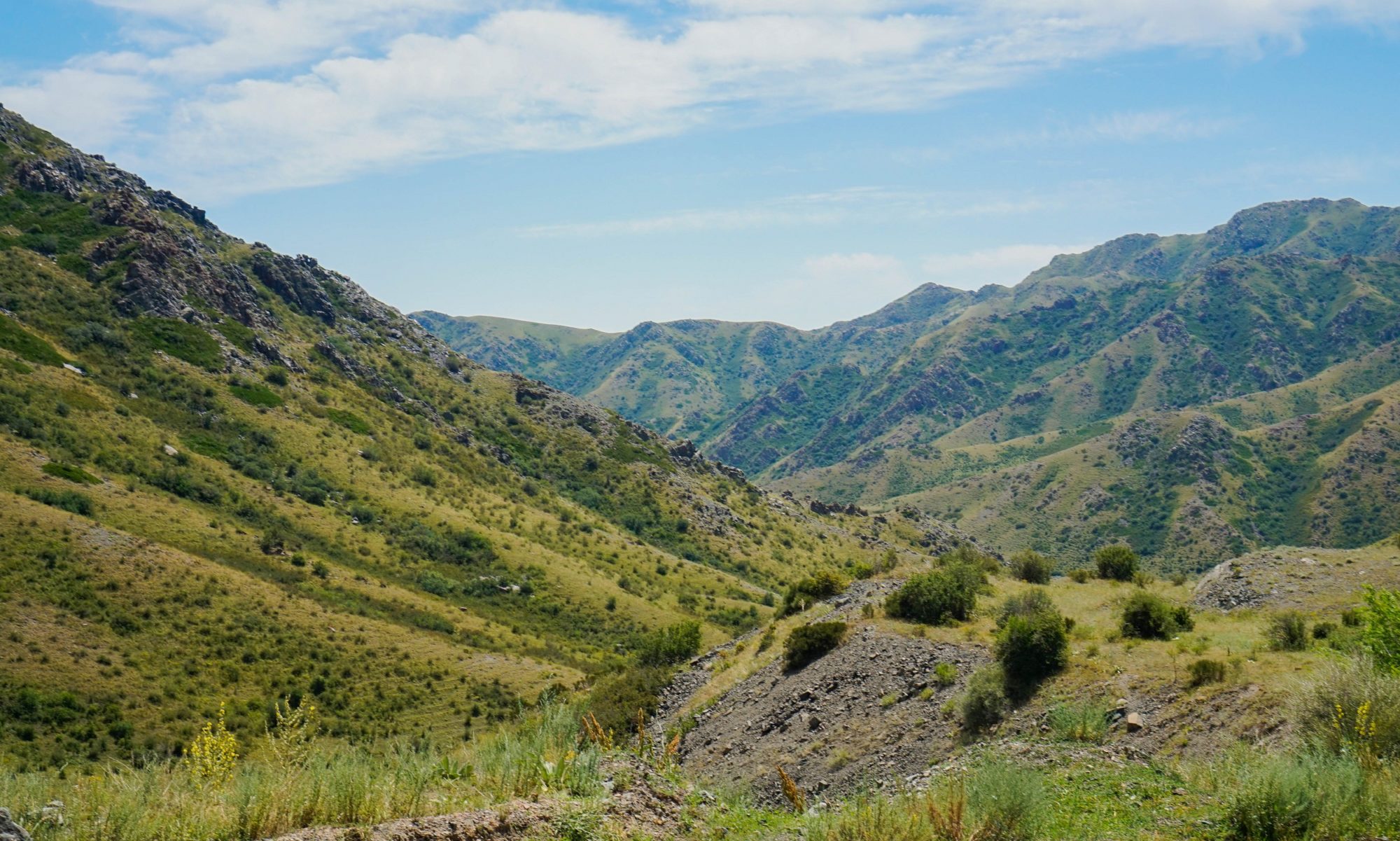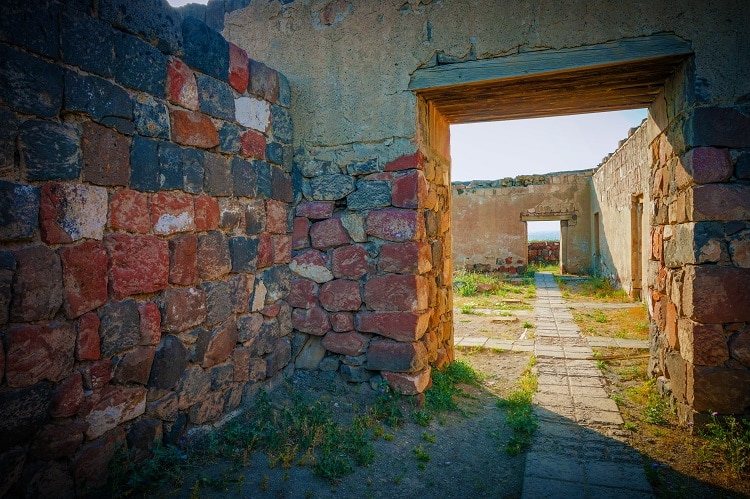Just outside of Yerevan lies an arid hill overlooking the Ararat plain, that is known as Arin Berd. The name in Armenian means “Fortress of the Blood.” It is home to the ruins of an 8th century BC city of the Urartian Kingdom called Erebuni, which is the origin of the modern name Yerevan.
I made a note to visit this place during my travel in Armenia, not only due to its antiquity, but also due to the connection I would feel with the great civilizations of the Near East. Urartiu, the earliest identifiable predecessor of Armenians, thrived at a time when its chief rivals were the Assyrians, the Medes, and the mysterious Cimmerians.
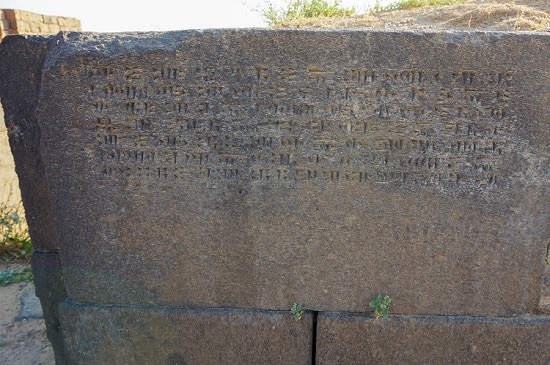
A cuneiform inscription found inside the fortress states that Erebuni was built by Argishti, the son of Menua, the king of Urartiu in 782 B.C. This means that Erebuni predates the founding of Rome by nearly 30 years. In the inscription, Argishti proudly proclaimed that “The land was a desert, before the great works I accomplished upon it. By the greatness of Khaldi, Argishti, son of Menua, is a mighty king, king of Biainilli (an early form of Van, seems to be local name of the kingdom), and ruler of Tushpa.” It is known that the city was built through the labor of captured prisoners of war. This could be the origin of the hill’s name.
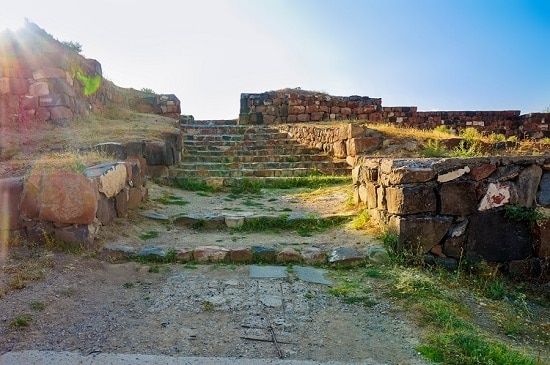
The wind blew dust into my eyes as I climbed Arin Berd under the early summer sun. Armenia is not a desert country, being situated in the southern Caucasus mountains, but south of Yerevan – the terrain becomes increasingly dry and arid. The climb is relatively simple, aided by stairs, and a fountain at the foot of the hill. At the summit, the fortress is surrounded by the ruins of thick walls that once stood nearly 40 feet tall. The fortress is triangular, with the entrance being found at the southeastern section of the outer wall, beckoning the traveler to enter the world of the ancient Near East.
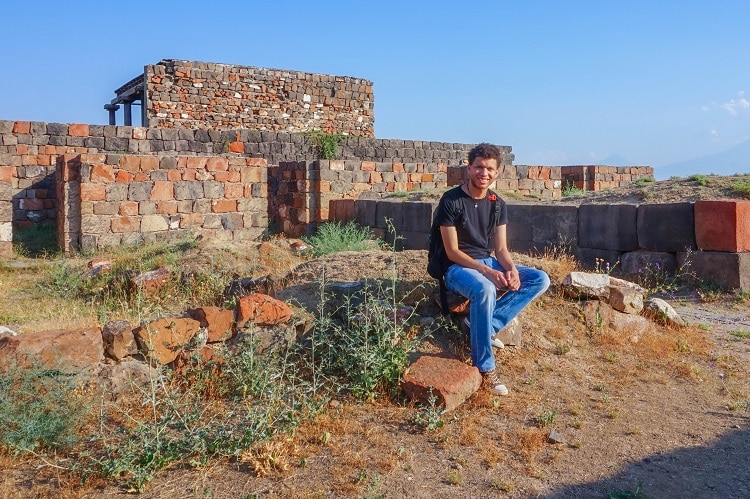
Just beyond the entrance is a central yard, which was once used for ceremonies and parades. The ruins of palaces, residences, and fire worship temples can be seen, yet my eyes were taken by the ruins of the temple of Khaldi. Despite being covered in Russian and Armenian graffiti, it was still possible to see beautiful geometric and floral murals on the wall, with vivid frescos, including one of the god himself – standing upon a lion. While the other buildings inside the city appear to have had stone or adobe floors, the temple appears as if the floor might have been made of wood. To the east of the temple can be found economic structures including grain, oil, and wine storehouses. Another cuneiform inscription can be found there, stating that the storehouses were constructed by Sarduri, the successor of Argishti.
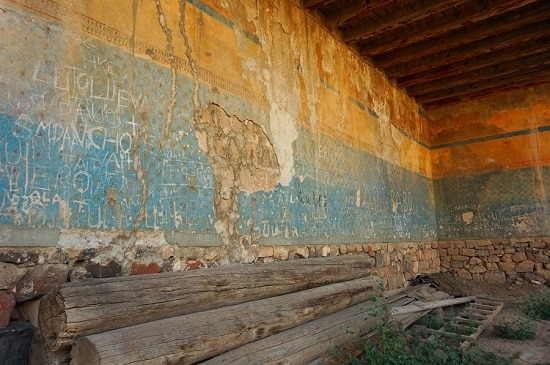
Argishti’s successors, Sarduri II and Rusa I, continued work on the fortress, enlarged it, and used it as a staging ground for wars of conquests to the north. However, once the nearby town of Teishebaini was constructed, Erebuni began to lose its importance. It survived the establishment of Persian dominance due to becoming a center of the satrapy of Armenia. Over the centuries, modern Yerevan would sprawl on the plains below the hill.
